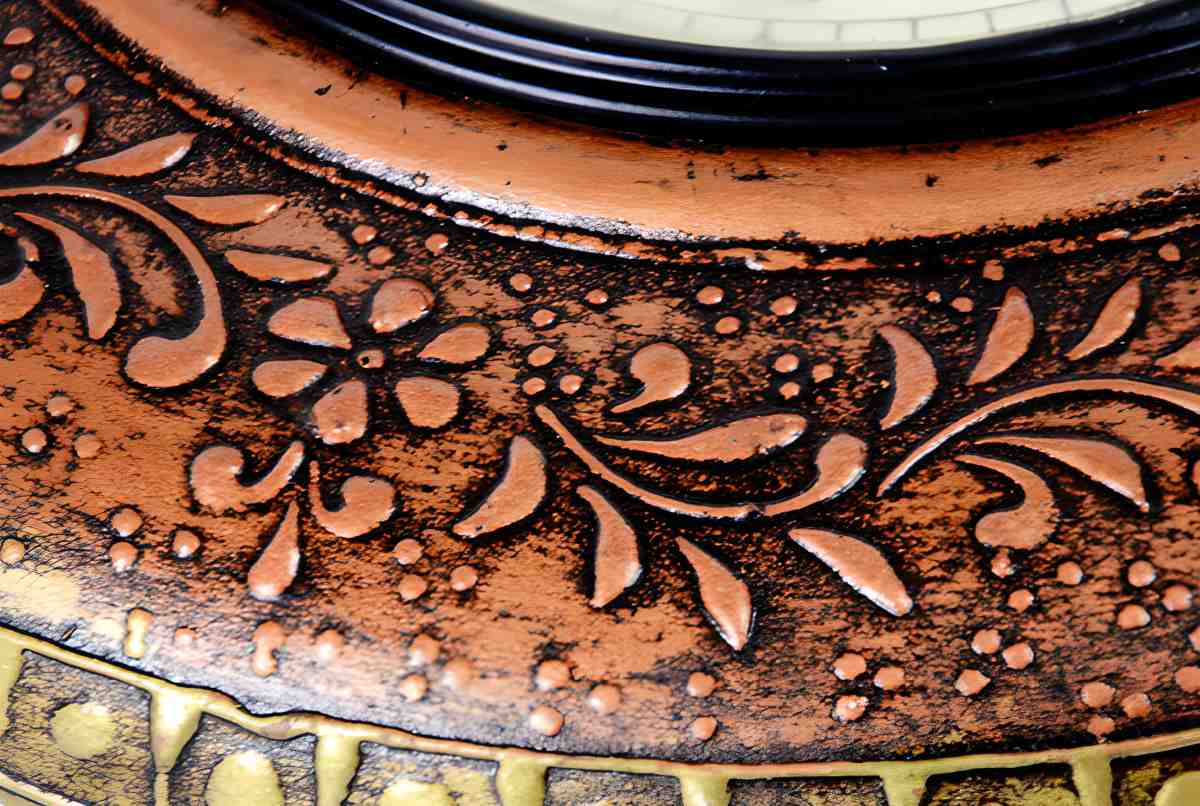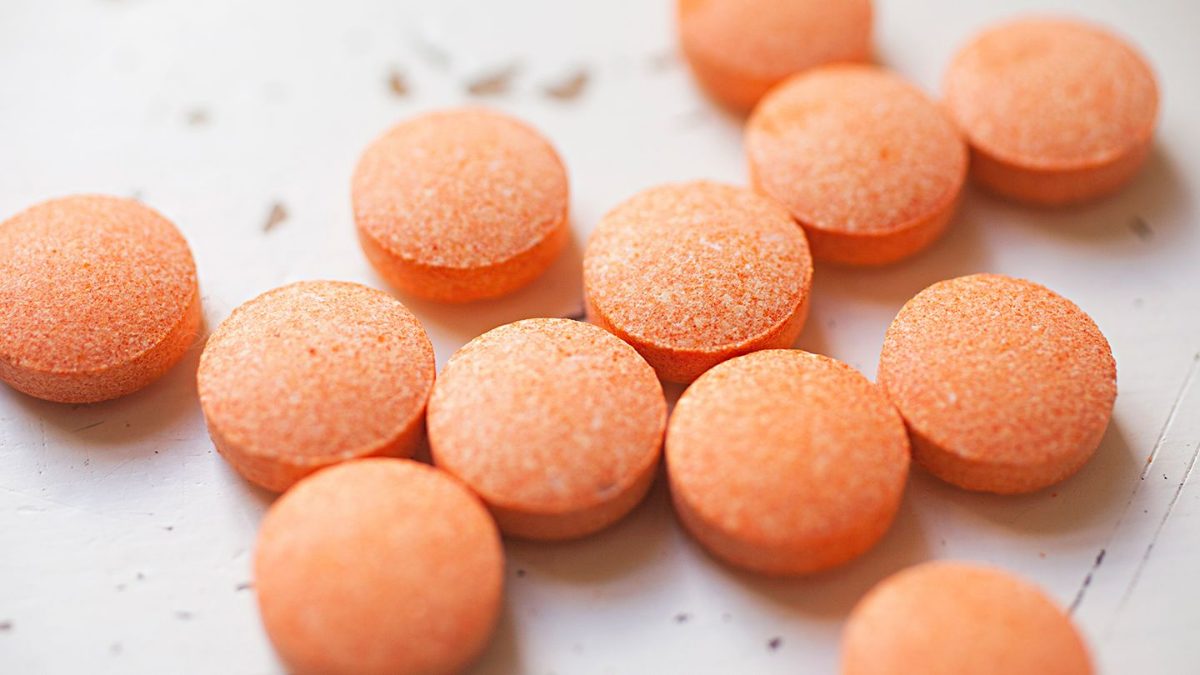Copper has been a sought-after raw material for ages, and for good reason. It is used in a wide variety of products, from jewelry and coins to brass and electrical cables. However, the bright red precious metal has another use in medicine; it may be used as an antimicrobial agent. Pathogens such as bacteria are reportedly rendered harmless by the surface of the copper. But yet, could this really be true?
Unquestionably, it is the case. An antibacterial effect can be seen in both copper and silver. Copper metals are effective against numerous types of bacteria, viruses, algae, and fungi. This is due to the several mechanisms through which copper toxicity affects these bacteria. Therefore, microorganisms have a hard time devising countermeasures to this kind of assault.
Copper sulfate rather than chlorine for the pools
Even though copper’s antimicrobial properties are not well understood, they have been known for quite some time. Even Roman legionaries understood that water stored in copper vessels would not rot on the journey back to camp. Honey and copper powder were a common antibacterial combination used by the ancient Greeks. Especially in the last two decades, copper and silver electrodes have been used by many swimming pools in place of chlorine to disinfect the water.
In fact, a quick experiment can reveal whether or not copper is really effective as a natural antimicrobial. You can drop down a bacterial solution on a copper surface and let it dry. In just a few minutes, the number of bacteria cells in the drop will decrease by an order of magnitude or more. If there were 100,000 bacteria cells at the beginning, there wouldn’t be a single one left at the end.
What makes copper so harmful to microorganisms?
How do the antibacterial properties of copper work? It is the copper ions that make the difference. When the copper comes into touch with water, the copper ions are released. Bacteria is just a little water bag. The microorganisms are now subjected to a barrage of attacks from the freed copper ions. With enough force, they may breach the bacterial cell wall, allowing its contents to spill out.
Copper is effective both externally and internally. Bacteria actually need a certain quantity of copper to function. Thus, they’ve evolved pumps in their cell wall to bring copper ions inside. And if there are a lot of ions in the environment, the microorganisms take in more copper than they should.
As a result, copper kills off the microorganism’s intracellular proteins and even assaults DNA, the cell’s genetic material. Ultimately, this causes the bacteria to die.
Copper as an antimicrobial building material
Copper offers several advantages over traditional antimicrobials, particularly in healthcare settings but also in the home or in public places. Alcohol and other antimicrobials are ineffective because they evaporate too rapidly to maintain their effectiveness for a long time. A copper surface, such as a door handle or light switch, on the other hand, is actually constantly killing germs.
There is, however, a catch when it comes to such use cases. Copper surfaces degrade faster over time when exposed to sweaty hands and cleaning chemicals. A portion of their antibacterial function is lost when they form a dark coating with time.
Scientists are trying to improve copper and copper alloys so that they retain the same level of antibacterial activity throughout time.






